Documentation Hub
Comprehensive technical manuals and guides to help you master HARSLE machines and optimize your metalworking efficiency
What Are the Applications of Panel Bender in the Automotive Industry?
Panel Bender in the Automotive Industry has become an essential tool for today’s vehicle manufacturers, where speed, precision, and consistency are critical. Many fabricators turn to these advanced machines to streamline the production of complex sheet metal components. Offering automated, high-accuracy bending capabilities that traditional press brakes or manual methods cannot match, panel benders transform automotive production efficiency. In this article, I’ll explain how panel benders are applied in automotive manufacturing, highlight the key operations where they excel, and share practical tips to help you achieve the best results for your projects.
How Panel Bender in the Automotive Industry Improves Vehicle Component Production
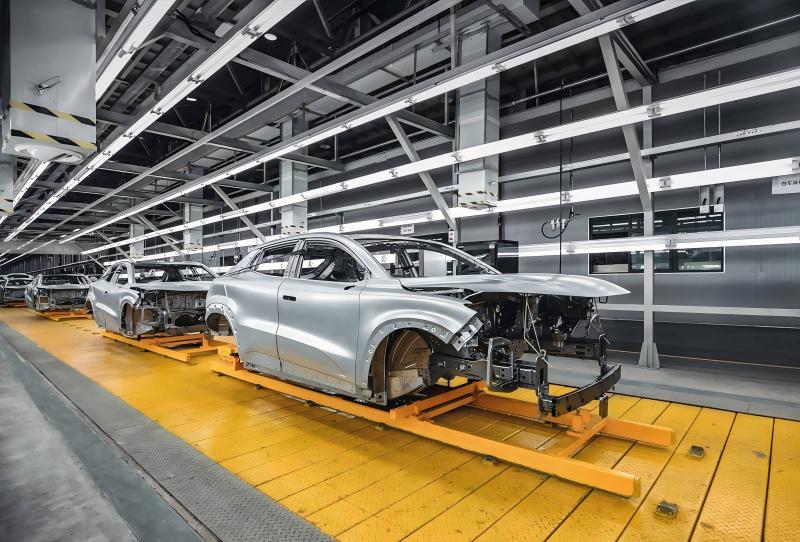
Panel benders are designed for high-volume, high-precision sheet metal bending tasks. In automotive manufacturing, they play a critical role in forming parts like door panels, body reinforcements, battery covers, dashboards, and structural brackets. By automating bending operations, these machines significantly reduce cycle times, minimize operator error, and improve overall quality.
Streamlining Door and Body Panel Fabrication
Automotive doors, hoods, and fenders often require multiple bends with tight tolerances. A panel bender’s automated tooling adjustment ensures repeatable, accurate results even on large or complex parts. This not only saves time but also reduces the need for secondary finishing processes.
Enhancing Precision for Electric Vehicle Battery Boxes
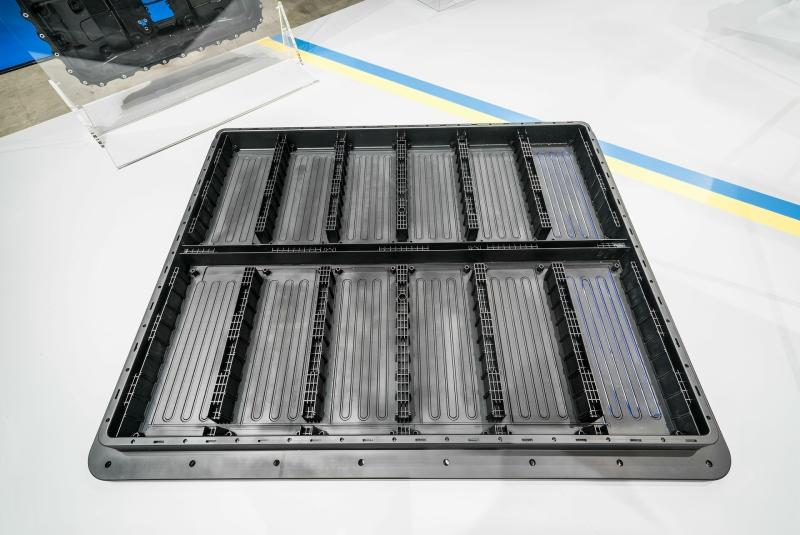
As electric vehicles grow in popularity, the demand for precision battery enclosures has increased. Panel benders can handle thin or coated materials without scratching, ensuring clean edges and exact dimensions for battery boxes that must meet strict safety and sealing standards.
Reducing Setup Time for Mixed-Model Production
Many car makers produce several vehicle models on the same production line. Panel benders allow quick changeovers between different part geometries, making it easier to handle mixed production runs without extended downtime or costly re-tooling.
Best Practices for Using Panel Bender in the Automotive Industry
Preparing the Work Area
Before operating a panel bender, I always make sure the work area is clean, well-lit, and free of obstructions. This helps protect both the machine and the workpieces from accidental damage.
Selecting and Adjusting the Tooling
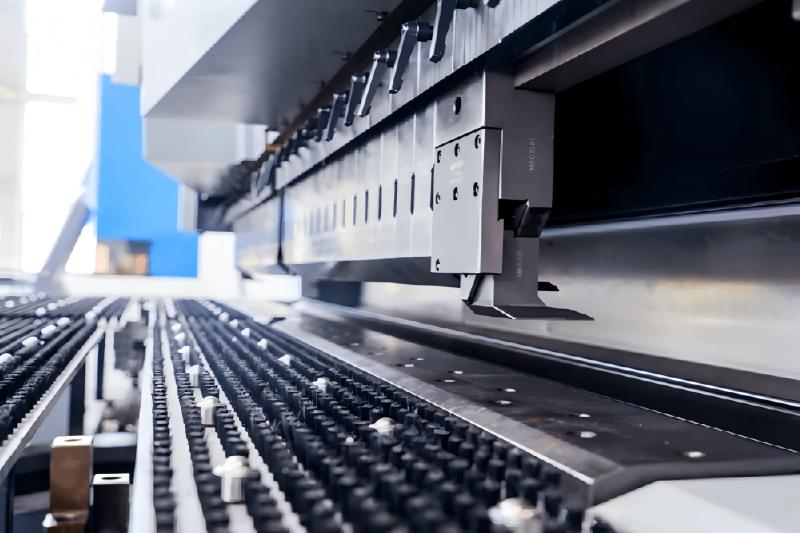
Panel benders feature universal tooling for most bends, but proper adjustment is still critical. I follow the manufacturer’s setup guidelines to ensure the tooling’s height, pressure, and bending sequence match the part specifications.
Calibrating for Consistent Accuracy
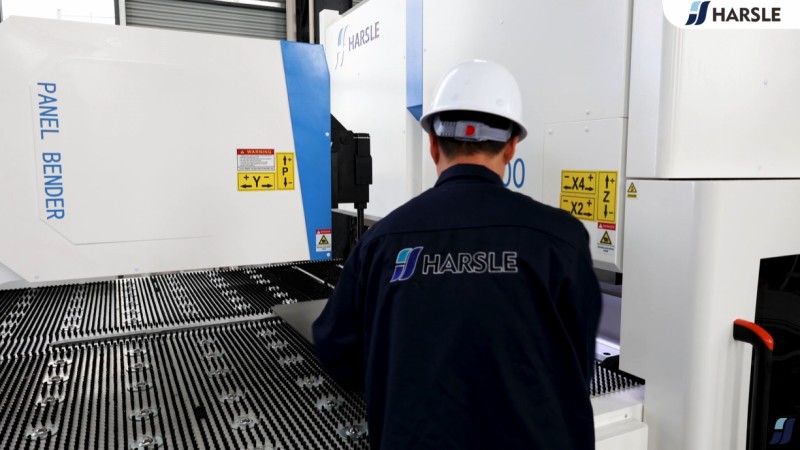
To maintain tight tolerances, I periodically calibrate the machine using digital measuring tools. This includes checking the backgauge positioning and verifying the bend angles to ensure every part meets the required standards.
Maintenance Tips for Panel Bender in the Automotive Industry
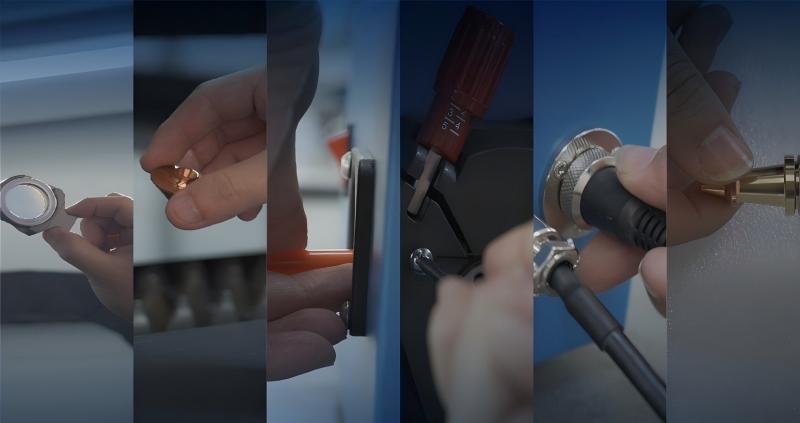
Routine Inspections
I conduct daily visual inspections to check for wear on clamping fingers, sensors, and drive systems. Early detection of issues prevents expensive repairs and downtime.
Lubrication and Cleaning
Keeping moving parts clean and lubricated is essential for smooth operation. I use only recommended lubricants and follow a consistent cleaning schedule.
Preventive Maintenance for Long-Term Reliability
Every 500 hours of operation, I perform a more in-depth preventive maintenance routine. This includes checking the hydraulic system (if applicable), updating software, and inspecting electrical connections.
FAQs
What types of automotive parts can a panel bender produce?
A panel bender can handle doors, hoods, trunk panels, dashboards, battery enclosures, and various brackets or reinforcements, making it ideal for complex automotive sheet metal components.
How can I improve bending accuracy on my panel bender?
Regular calibration, maintaining a clean work environment, and verifying tooling adjustments before each batch will help you maintain consistent precision.
Is a panel bender suitable for low-volume or prototype runs?
Yes. Although designed for high-volume production, panel benders’ quick setup and universal tooling make them effective for prototypes and small batches as well.
Conclusion
Panel benders bring speed, precision, and flexibility to automotive sheet metal manufacturing. By automating complex bending processes, they help reduce production costs, improve quality, and support the shift to lightweight and electric vehicle components. If you’re considering upgrading your production line or exploring new ways to increase efficiency, a Panel Bender in the Automotive Industry could be the solution you need. For more details, custom advice, or to see our panel bender solutions in action, feel free to contact our HARSLE team. We’re here to help you transform your manufacturing process.













